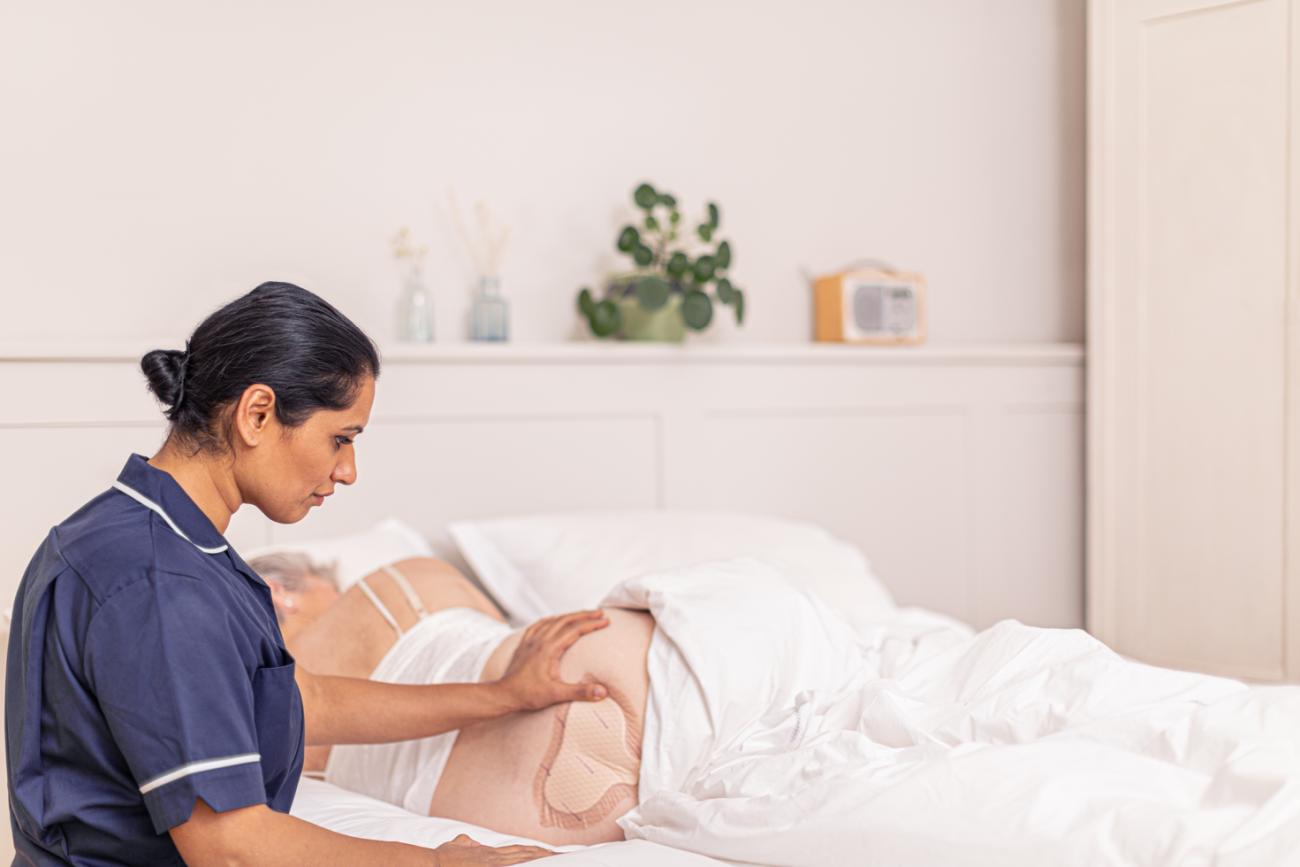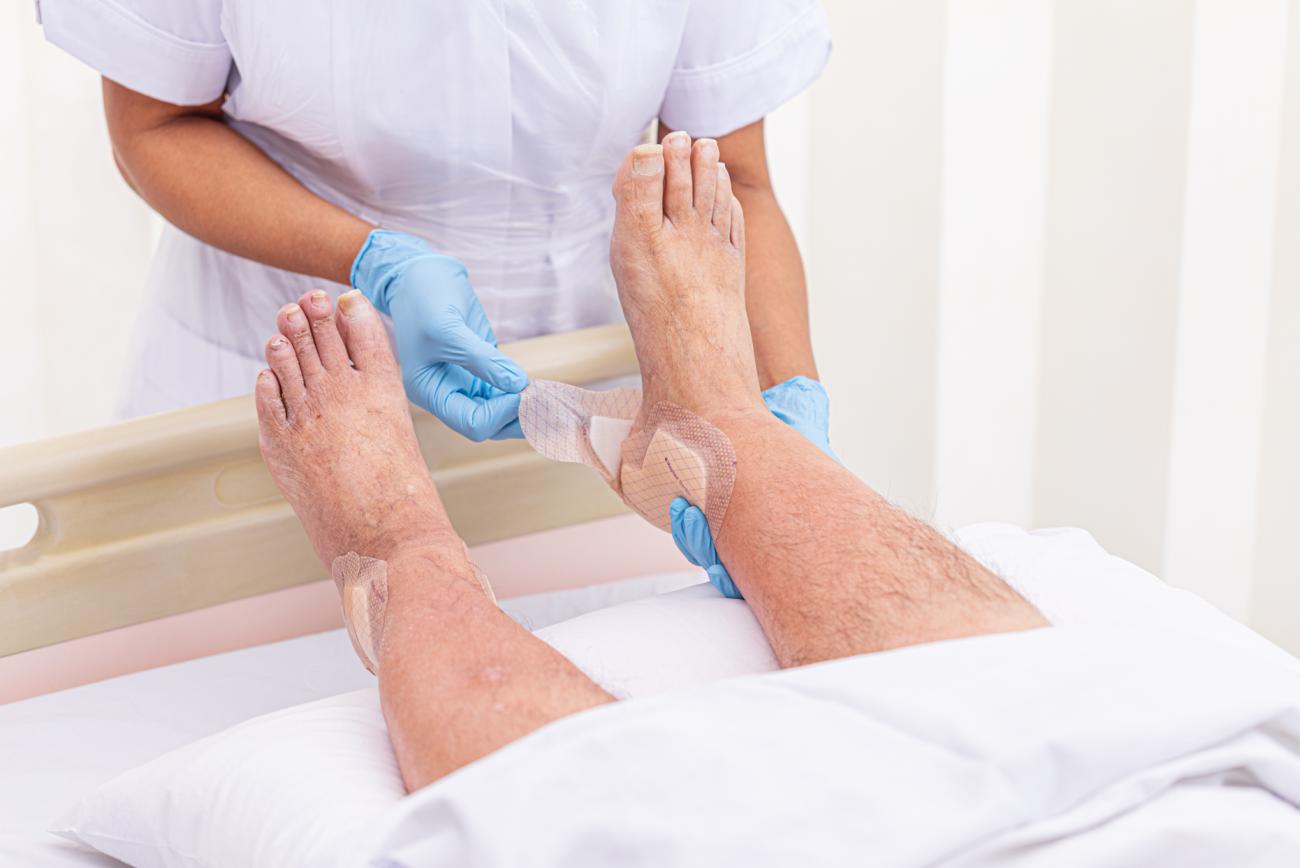What is a pressure injury?
A pressure injury is an injury to the skin and/or underlying tissue, usually over a bony prominence. Common areas where a pressure injury can develop include the sacrum, heel, back of the head, ears, shoulders and elbows.
Pressure injuries can be caused by pressure (body weight compressing the skin which can damage blood supply and lead to tissue trauma), or pressure in combination with shear (the layers of the skin sliding over each other and causing tissue damage) and/or friction (rubbing of the skin over the bed surface when moving which can remove a layer of the skin), and microclimate (if the skin is left wet, this can cause the moist skin to stick to material and can lead to pressure injuries).
When pressure injuries occur, they can become painful and take months to heal. In addition to causing pain, they can also disturb sleep, mood and quality of life. Pressure injuries are largely preventable, so it is important for patients and carers to be aware of how to prevent pressure injuries.

How can you prevent pressure injuries?
As a patient or carer, there are some things you can do to help prevent pressure injuries forming.
Change position
- Keep active and shift your position every 20 minutes or so when resting in bed or sitting in a chair
- Never lie directly on your hip bone when resting in bed
- Do not lie flat on your back for long periods of time
- Ask your carer to adjust the bed, so that you do not slip down the bed
- Ask your carer to assess your need for special pressure relieving equipment – a fluidised positioner or a heel boot, for example, can sometimes be used to help prevent pressure injuries
- Communicate with your healthcare professional if you notice any sore spots on your body
Take care of your skin
- Keep your skin and bedding dry
- Use a pH-neutral, soap-free cleanser
- Moisturise daily
- Avoid massaging bony areas and do not let healthcare workers rub the areas, as this causes friction
- Lift and move using your arms, never drag your body across the bed
Maintain your nutrition
- Eat a balanced diet
- If you are unwell and intake is minimal, ask your carer to assess your needs. A dietary supplement or referral to a dietitian may be required
If you are concerned about sore spots on your body, or would like more information on how to prevent pressure injuries, talk to your healthcare professional or carer.
If you are an allied health provider or an organisation with staff who provide wound care or pressure management services to staff and would like to arrange wound care training with Mölnlycke, please contact Serge Belardo from Surgical House.
This educational post is provided by Mölnlycke, a leading global healthcare company specialising in wound care solutions.
References:
- Prevention and Treatment of Pressure Ulcers/Injuries: Clinical Practice Guideline. The International Guideline 2019.


